A new film shines a spotlight on the white-tailed eagle
Thanks to 50 years of dedicated effort, the UK’s largest bird of prey is a rewilding success story.

The return of extirpated species to lands they once inhabited is a key component of rewilding. One such example is the white-tailed eagle (Haliaeetus albicilla), absent from Britain since the early 20th century due to habitat loss and persecution.
As the UK’s largest bird of prey, the white-tailed eagle has an important place to play in the ecosystem, one reason that dedicated groups and individuals have been working hard for 50 years to reintroduce the species – a successful endeavour resulting in a current status of more than 200 breeding pairs in Scotland alone.
One group involved in this decades-long project is the Royal Society for the Protection of Birds (RSPB), the country’s largest nature conservation charity. To celebrate the 50th anniversary of eagle chicks arriving to the Isle of Rum from Norway in 1975, the organization has released a film called Return (scroll to view it below) to share this rewilding success story with a wider audience.
We asked Mark Fountain, RSPB managing multimedia editor, and Percy Dean, director of Return, to tell us more about the film and what it took to make it. Here’s what they had to say.
Why make a film about the white-tailed eagle?
First and foremost, it’s a good news story, and we all need more of those – especially in terms of UK nature. Then, the more we researched the story, the more interesting it became: 50 years of effort, some amazing characters to interview and, of course, giant eagles. It had it all.
The second motivation was to bring this story to as many people as possible. Working at RSPB we hear these stories and it’s easy for them to be normalized. But you have to remember that most people have never heard of a white-tailed eagle, and our aim was always to see the story through fresh eyes and present it in a way that appealed to people with all levels of knowledge.
If someone who isn’t already a nature fan can watch and be moved by this this film, then we’ve done our jobs well.
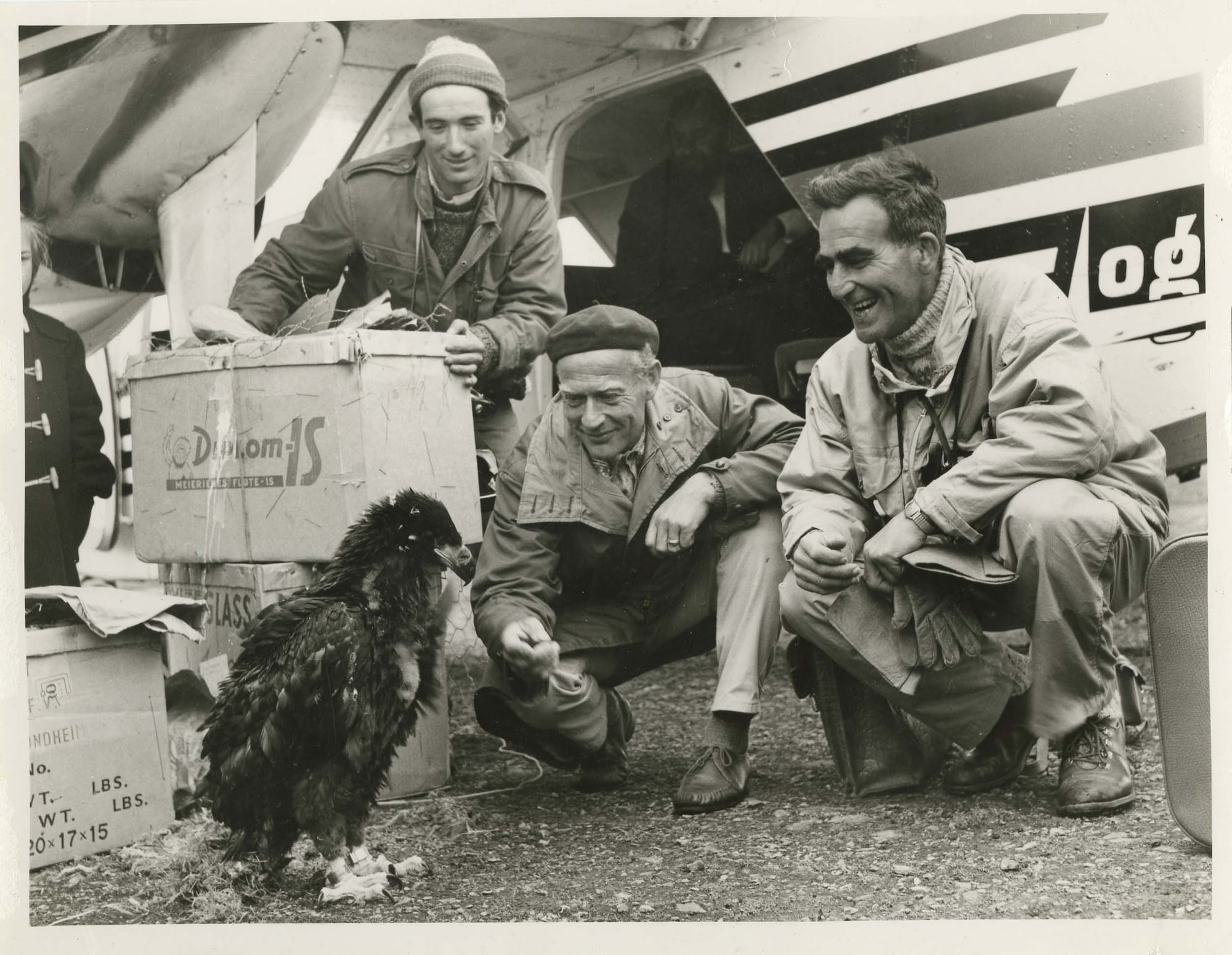
What were some key learnings for you during the filmmaking process?
If we were doing it all over again, we’d probably choose an easier bird to film!
Our brilliant in-house wildlife camera operator, Nick Rodd, has spent the best part of two years sat in rickety hides in remote parts of Scotland, waiting for the two seconds each day when the light is right and the birds are playing ball. It’s a job that demands commitment and persistence.
What do you hope viewers will come away with after watching the film?
Hopefully people are moved and inspired by the story.
We hope that it gives people a sense of what’s possible. We can save species and bring back what was lost, with enough time and effort.
And we hope that RSPB members feel proud when they watch it. This kind of achievement is only possible because of the long-term commitment and funding that RSPB members provide.
If you pay £5 a month, you did this.
Where should people go to learn more about this bird?
Watching the film is a good place to start!
I’d also recommend any of Roy Dennis’s books, which you can buy from his
website. We were lucky enough to spend time with Roy – an icon of UK conservation – for this film. His level of knowledge and expertise can’t be replicated, and it’s all there in his brilliant books.



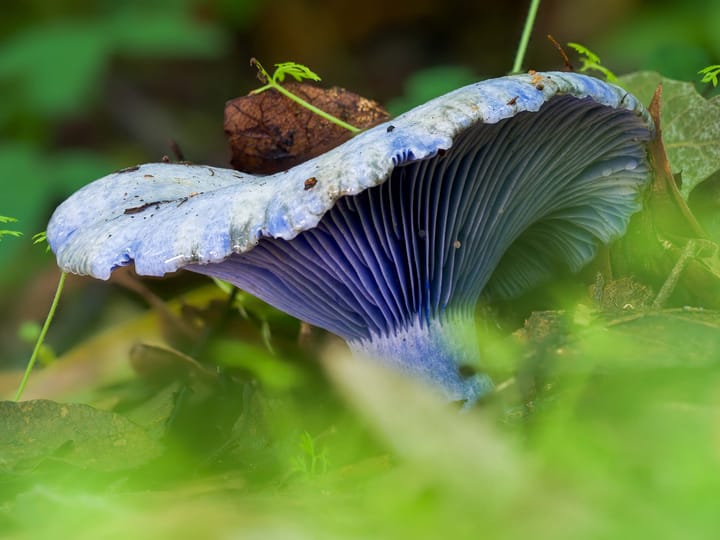
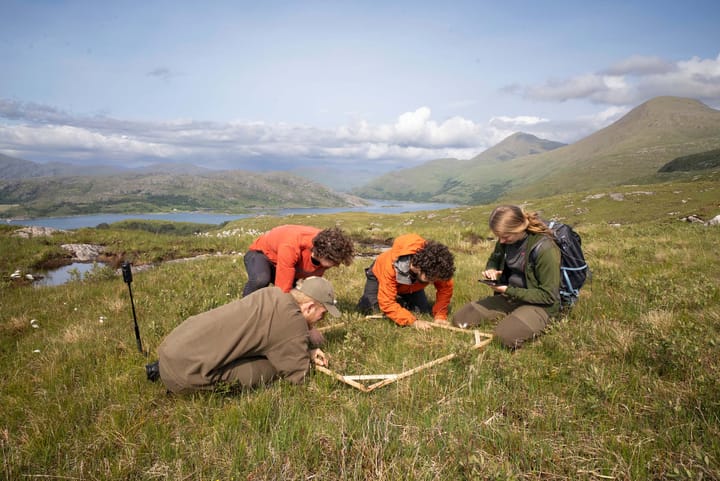
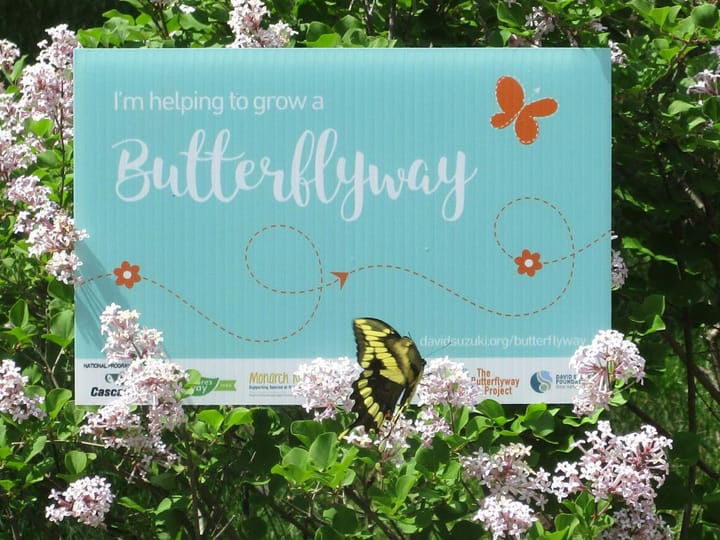

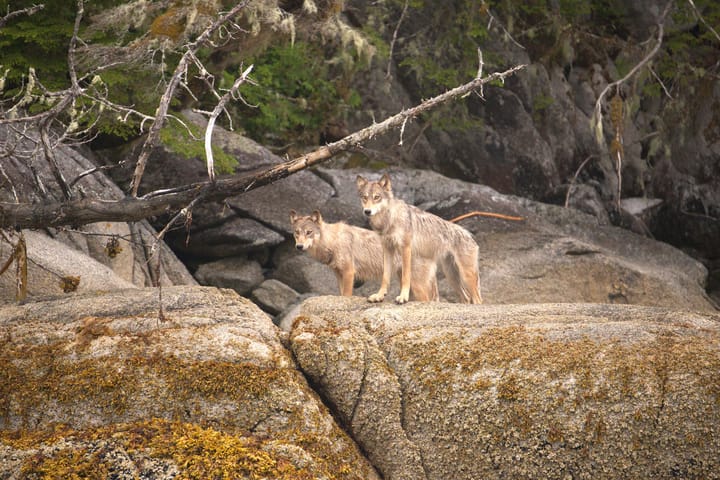
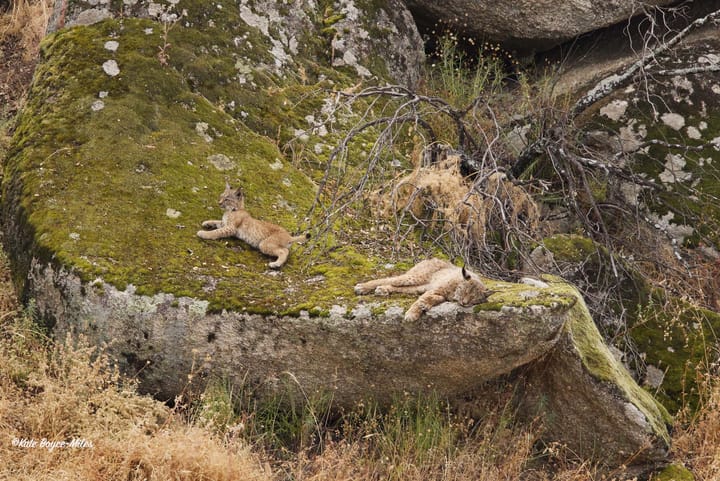
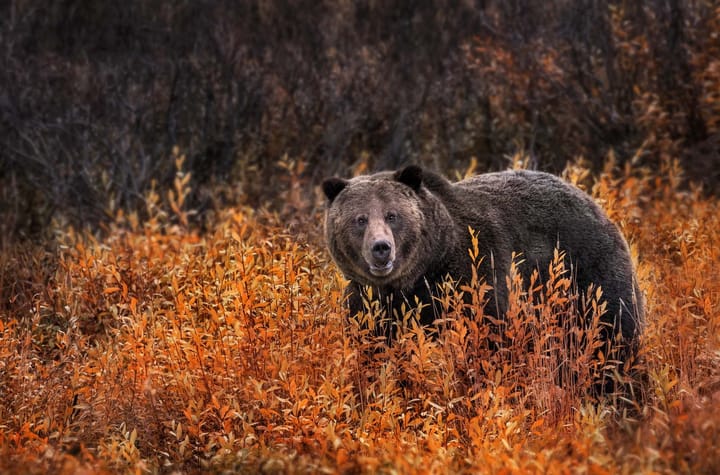
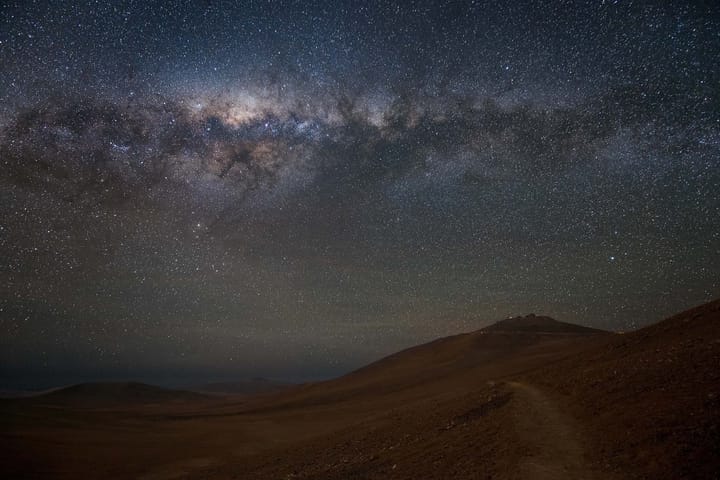
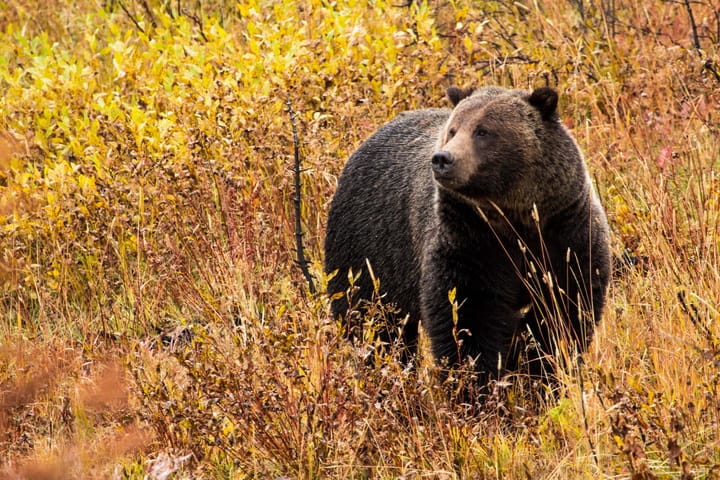
Comments ()